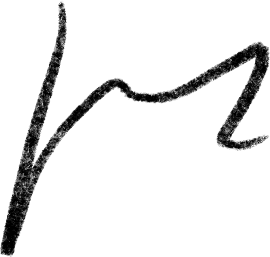Chapters
Chapter 2
Camps
Scroll Down


Child survivors walk out of the children's barracks in the Auschwitz-Birkenau killing centre. Taken from a Soviet film about the liberation of Auschwitz-Birkenau. Some of the film’s scenes are unrehearsed, while others are staged. Oświęcim, Poland, 1945. United States Holocaust Memorial Museum, courtesy of Lydia Chagoll.
The Czech Family Camp
The Czech family camp was established in 1943 by the Nazis within Auschwitz-Birkenau. Here, they allowed families who had been deported from Theresienstadt to stay together, and several prisoners created a space for children to play and learn within one of the barracks. The family camp was short-lived, however, and by July 1944 most of the camp’s inhabitants were murdered.
Did you know that?
All of the books that made up the Czech family camp’s library came from belongings that the Nazis had confiscated from prisoners on their arrival in Auschwitz-Birkenau. For “pencils,” children used the ends of wood splinters that had been burnt in a fire.

The Secret School in Buchenwald
02:10
David Newman became a teacher again, secretly teaching boys in the barracks of Buchenwald.
Toronto Holocaust Museum.
An Inspirational Teacher in the Sasel Forced Labour Camp
01:39
Henia Reinhartz and a beloved teacher were reunited in the Sasel forced labour camp.
Toronto Holocaust Museum.
cards
Who Were the Educators?
What was the role of educational leaders in the camps and ghettos? Click on “Learn more” to read about the brave educators who risked their lives to to nurture the minds and spirits of Jewish youth during the Holocaust.

Chapter 3








